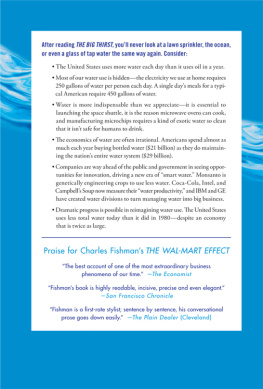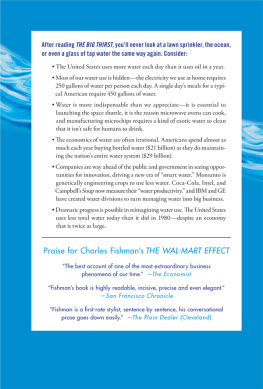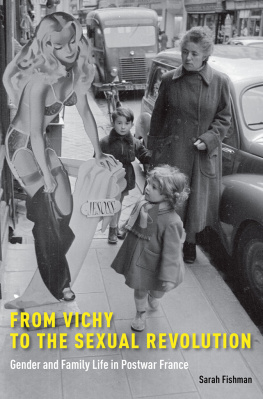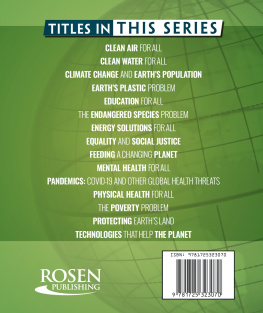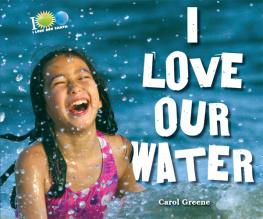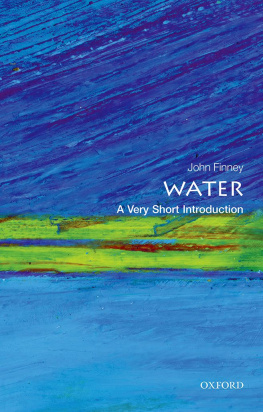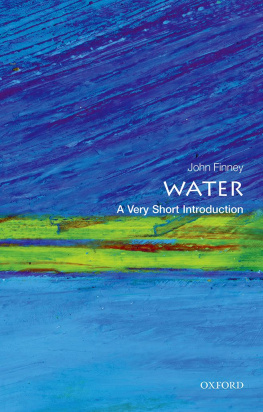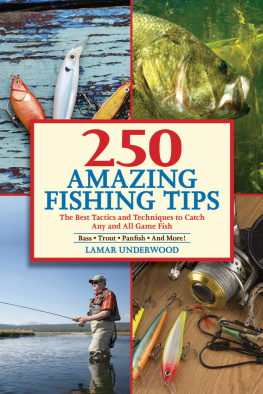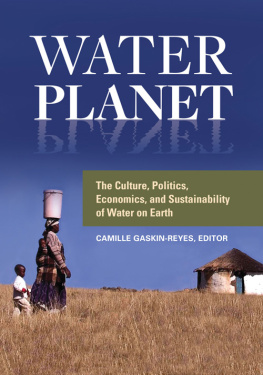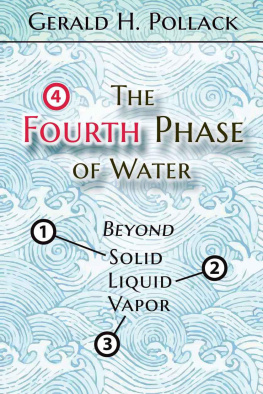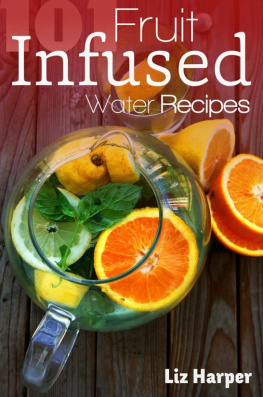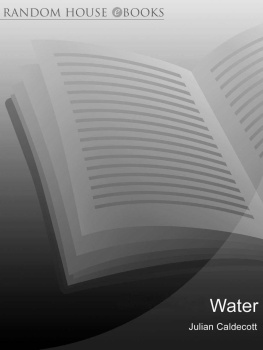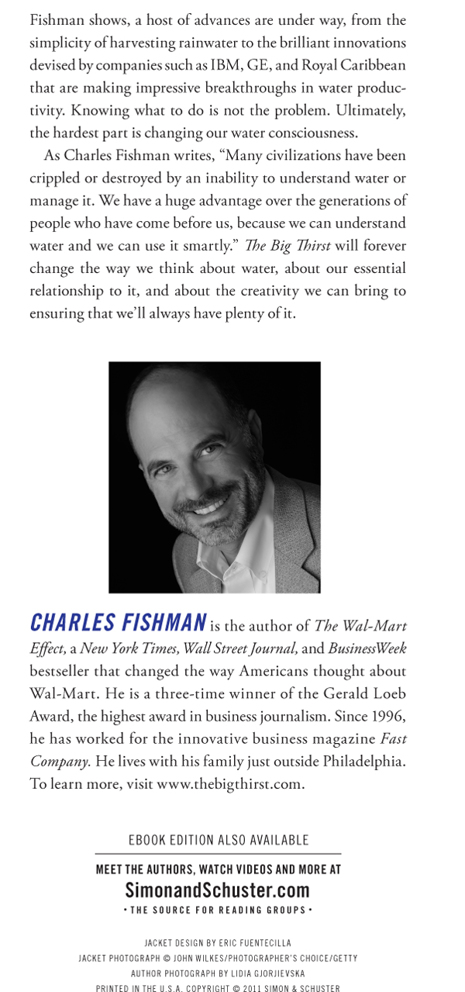Fishman - The Big Thirst: The Marvels, Mysteries & Madness Shaping the New Era of Water
Here you can read online Fishman - The Big Thirst: The Marvels, Mysteries & Madness Shaping the New Era of Water full text of the book (entire story) in english for free. Download pdf and epub, get meaning, cover and reviews about this ebook. City: New York, year: 2011, publisher: Free Press, genre: Politics. Description of the work, (preface) as well as reviews are available. Best literature library LitArk.com created for fans of good reading and offers a wide selection of genres:
Romance novel
Science fiction
Adventure
Detective
Science
History
Home and family
Prose
Art
Politics
Computer
Non-fiction
Religion
Business
Children
Humor
Choose a favorite category and find really read worthwhile books. Enjoy immersion in the world of imagination, feel the emotions of the characters or learn something new for yourself, make an fascinating discovery.
The Big Thirst: The Marvels, Mysteries & Madness Shaping the New Era of Water: summary, description and annotation
We offer to read an annotation, description, summary or preface (depends on what the author of the book "The Big Thirst: The Marvels, Mysteries & Madness Shaping the New Era of Water" wrote himself). If you haven't found the necessary information about the book — write in the comments, we will try to find it.
Abstract: The water coming out of your kitchen tap is four billion years old and might well have been sipped by a Tyrannosaurus rex. Rather than only three states of water, liquid, ice, and vapor, there is a fourth, molecular water, fused into rock 400 miles deep in the Earth, and thats where most of the planets water is found. Unlike most precious resources, water cannot be used up; it can always be made clean enough again to drink, indeed, water can be made so clean that its toxic. Water is the most vital substance in our lives but also more amazing and mysterious than we appreciate. As the author brings to life in this narrative, water runs our world in a host of awe inspiring ways, yet we take it completely for granted. But the era of easy water is over. Bringing readers on a lively and fascinating journey from the wet moons of Saturn to the water obsessed hotels of Las Vegas, where dolphins swim in the desert, and from a rice farm in the parched Australian outback to a high tech IBM plant that makes an exotic breed of pure water found nowhere in nature, he shows that we have already left behind a century long golden age when water was thoughtlessly abundant, free, and safe and entered a new era of high stakes water. In 2008, Atlanta came within ninety days of running entirely out of clean water. California is in a desperate battle to hold off a water catastrophe. And in the last five years Australia nearly ran out of water, and had to scramble to reinvent the countrys entire water system. But as dramatic as the challenges are, the deeper truth the author reveals is that there is no good reason for us to be overtaken by a global water crisis. We have more than enough water. We just dont think about it, or use it, smartly. This book explores our strange and complex relationship to water. We delight in watching waves roll in from the ocean; we take great comfort from sliding into a hot bath; and we will pay a thousand times the price of tap water to drink our preferred brand of the bottled version. We love water, but at the moment, we do not appreciate it or respect it. Just as we have begun to reimagine our relationship to food, a change that is driving the growth of the organic and local food movements, we must also rethink how we approach and use water. The good news is that we can. As is shown, a host of advances are under way, from the simplicity of harvesting rainwater to the brilliant innovations devised by companies such as IBM, GE, and Royal Caribbean that are making impressive breakthroughs in water productivity. Knowing what to do is not the problem. Ultimately, the hardest part is changing our water consciousness. As the author writes, Many civilizations have been crippled or destroyed by an inability to understand water or manage it. We have a huge advantage over the generations of people who have come before us, because we can understand water and we can use it smartly. This book will forever change the way we think about water, about our essential relationship to it, and about the creativity we can bring to ensuring that we will always have plenty of it; it is an examination of the passing of the golden age of water and the shocking facts about how water scarcity will soon be a major factor in our lives
Fishman: author's other books
Who wrote The Big Thirst: The Marvels, Mysteries & Madness Shaping the New Era of Water? Find out the surname, the name of the author of the book and a list of all author's works by series.

